ORVIUM :WHAT GREAT FUTURE DOES THIS PROJECT HOLDS????
What is orvium all about ???
Orvium is an open source and decentralized platform to manage and dispose of peer-reviewed, scientific publications. Orvium aims to eliminate some inefficiencies that are the scientific publication model and to improve the quality and effectiveness of scientific journals.
Among the rampant problems within the scientific publishing industry include:
- Misleading Interest: A serious problem in the scientific community is the publication model, where academic authors are charged for publishing their scientific journals in place of the traditional publishing model that pays content creators. This misalignment arises when the scientific community conducts peer review — a form of scientific validation required for scholarly publishing — for free, yet scientific publishers receive billions paid annually.
- Excessive Fees: The high fees charged by scientific journal publishers has created a corporate-like structure that may compromise the quality of scientific research. Ultimately, the central component to be published for a scientific journal is to pay the fees to publishers.
- Content Copyrights: The copyrights of the scientific journals are held by the publishers, instead of scientific content creators. Future revenues from re-publishing in our media or copyright to the sale of content is only due to the publisher, not the content creator.
How will orvium be used? ?
Due to a misaligned model that potentially compromises the current scientific publication industry, there is an increase in migration open source initiatives (egarXiv & PLUS ONE). Therefore, the move to a blockchain-based solution is a natural evolution that would positively disrupt the scientific community. The model works as follows:
Orvium provides a decentralized, unchanging and independent process that allows time-stamped proof-of-existence (POE), authorship and ownership of scientific content. The blockchain allows Orvium to keep a public record of all activities related to a particular content, including initial submission, revisions, accepted and rejected peer reviews, copyright changes, and user licenses, among other activities.
Orvium has a variety of functionalities for the actors, including:
- Continuous, Transparent Peer Review: Asrequired by openness and public accountability for a credible peer review process, Orvium provides that and much more, reviewers will have a full life cycle traceability of the journal over the blockchain. Access to all information, With reviewers since its inception allows to determine the validity and accuracy of scientific work. In addition, multi-author reviews can also be done.
- Zero-day release: All content — including early drafting — is now available online as soon as it has been transferred to the Orvium platform.
- Manuscript Versioning: The scholarly work is systematically created on the platform, with several changes and versions being continually evolved. This means that authors can label their work as “work-in-progress” and only they can see the changes.These versioning capabilities improve content creation, Orvium solution allows the solution to be digitized, as well.
- Custom Copyrights & User Licenses :Although Orvium promotes open access publications, there are options for authors or institutions to opt for licensing / subscription models because stakeholder usage conditions define (via decentralized autonomous journals)
- decentralized journals: This is a unique value proposition from Orvium that will be discussed in the next few sections, Unique Differen ‘
- The accommodation of Gray Literature:Traditional content and research that would not not pass the traditional peer review or screening procedure is housed in the Orvium platform to allow for a more thorough peer-review process, and ensures that these potential Nuggets be saved and stored by knowledge.
TECHNICAL IMPLEMENTATION
A technical breakdown of the Orvium platform architecture is as follows:
Orvium will be built on the ether blockchain. The main programming language for the Orvium platform is JavaScript, with solidity being used for development, smart contracts . The definition of the architecture is designed with Hasicorp configuration language (HCL) while the frontend application will use on Angular and webpack.
In terms of storage solutions, data storage is achieved with NoSQL & SQL databases for document and relational data, while binary storage will be achieved with various decentralized solutions currently being evaluated, which include IPFS, Swarm, Sia and Storj.
WHY IS ORVIUM DIFFERENT AND UNIQUE
- Decentralized Autonomous Magazines (GIVING): Similar to decentralized autonomous organizations (DAOs), Orvium allows anyone (individual authors,institutions or users) to create their own autonomous journals, where they determine personalized governance rules, licensing / subscription models and Post rights of participants.
- The integration of Social Dynamics:Orvium will also be a social platform that promotes scientific validation by opening up the definition of journal participation among stakeholders and users, creating challenges or rewards for ratings, promoting patronage campaigns and promoting research lines to the general public , We think that law, if done, could be groundbreaking as it allows for greater public participation in the traditionally closed (and some would argue, exclusive) scientific circles. Greater mass participation would undoubtedly enhance the promotion of scientific solutions that could be pushed to the real needs of society.
HERE ARE THE WONDERFUL TEAM OF ORVIUM
Orvium team looks impressive. There is a rich line of engineers, developers and technical architects led by an impressive list of scientific and business consultants. Much of their team member affiliated with CERN, this is one of the world’s largest and most respected institutions for groundbreaking scientific research.
Founding team
The founding team consists of well-established persons in the scientific circle. Manuel Martin — Orvium leadership and blockchain expert — has worked in the CERN Large Hadron Collider (LHC), which is the world’s largest and most powerful particle accelerator or complex test facility ever built. He has also worked with NASA, GSI and the US Department of Energy. His career focused on supporting major collaborative practices for technological innovation. Antonio Romero is the technology architect of Orvium and has led several large data and machine learning partnerships between CERN and ICT market leaders. He is CERN accelerator predictive maintenance and machine learning solutions sped up speed. last, Roberto Rabasco is Orvium application &
Technical team
In the design and development front, Orvium has a strong technical team with individuals and experts from CERN and Volkswagen Data Labs. With a range of software engineering and engineering expertise, cost-effectiveness and safety, it seems that Orvium is well equipped to advance its vision.
Advisors
Orvium has a remarkable list of scientific advisers from scientists to experts in prestigious institutions. These include Alberto Di Meglip Ph.D., Head of CERN’s Open Lab, Tom Soderstrom, Chief Technology and Innovation Officer at NASA’s Jet Propulsion Laboratory, and Chris Mattmann, Ph.D., Associate CTO and Innovation Leader at NASA JPL Member of the Board of Directors for the Apache Software Foundation.
Roadmap
The following section describes the different phases of the project in terms of developing and deploying the Orvium platform, setting up the core team, institutional arrangements and other actions.
Note the platform releases on: Orvium follows an evolutive approach to developing the platform. The team will be continually providing new features over time, adding more functionality to the solution. These versions will initially be deployed on the Testnet and, after a public trial, we will promote them to the Astraleum MainNet.
Phase 0: fog
Gates:
- Idea conception and development
- assemble team
- Whitepaper creation
- Incorporate business and legal framework definition
- Establish cooperation framework for partners
- Function prototype (web interface, API, Smart contracts)
- marketing campaign
- Development of token generation event smart contracts
Timeline: 2017 Q1 2018 Q1
Phase 1: Red Giant
Gates:
- Token generation event:
- Public Review of Token Generation Event Smart Contracts
- Start
- End of the report publication sale
- Independent examination of fund payout
- Talent Search and Recruitment
- MVP Release
Timeline: 2018 Q2 on Q3
Phase 2: Supernova
Gates:
- Platform:
- Orvium Supernova Release and Deployment in MainNet
- user identification
- Submission of contributions
- Peer review
- Manuscript Management
- Blockchain integration
- Bug Bounty program
- Support for science and technology:
- The development of research institute cooperation program
- Develop grant R & D program
Timeline: 2018 Q4 2019 Q1
Phase 3: White Dwarf
Gate:
- Platform:
- Orvium White Dwarf release and deployment in MainNet
- Improved life cycle traceability
- Decentralized Autonomous Magazines Management
- Licenses and copyrights management
- Support for science and technology:
- Make agreements with universities and research institutes, the Orvium publication model to create incentives
- Start issuing R & D program
Timeline: 2019 Q2 on Q3
Phase 4: Neutron star
Gate:
- Platform:
- Orvium Neutron Star Release and deployment in MainNet
- patronage
- The funding campaigns
- Support for science and technology:
- Patronage of research lines in cooperation with institutions
Timeline: 2019 Q4
Phase 5: Pulsar
Gate:
- Platform:
- Orvium Pulsar and deployment in MainNet
- Integrate Big Data Analytics
- Fine-tuning operational efficiency
- Adiabatic and continuous integration of the R & D results of the platform Orvium
- Market capture and expansion of the business model
- Support for science and technology:
- Enhance collaboration programs and frameworks
Timeline: 2020 Q1
The first release of Orvium public release is scheduled for the final quarter of 2019, which is a long wait. however, their Minimum Product (MVP) will be released on the 2nd / 3rd quarter of 2018, which means that users can use their beta platform afterwards.
Token economy & usefulness
Here is the breakdown of the orvium of the signdeliver:
Token Utility
Orvium is a utility token on the built-in Astraleum blockchain that serves as the primarycurrency for the following use cases:
- Peer Review Reward: Researchers who engage in the process of peer review of scientific journals would be rewarded with ORV tokens
- Payment for Content Usage: When a paid license model is used, users pay to access, download and play content with ORV tokens. Orvium will take a small transaction fee that is currently unspecified
- Creation & Management of Dajs: Orvium owners can contribute to the creation and operation of Dajs by staking ORV tokens in Dajs intelligent contracts
- scientific patronage: Orvium allows the public to challenge the scientific community specifically to solve an urgent need in society. Anyone can create this challenge by staking ORV into smart contracts and will be paid out to the author of the solution published here
We believe that there are strong use cases for ORV on the Orvium platform, the kind of inclusiveness that the project offers given. It can easily be envisaged that the public would be interested in engaging in efforts to promote scientific discovery and progress (especially on the most urgent humanitarian issues), and through the platform of scientific patronage and the creation of Dajs to the general public aimed, potentially it will be tremendous traction. Greater public participation will result in greater demand for ORV tokens for the caulking process, which, in turn, will drive prices for ORV tokens as coverage is determined.
Here are the token information for Orvium:
Advantage
- Extensive documentation: Orvium has a comprehensive white paper. There is also a technical document that details Orvium’s platform architecture, as well as a lightweight paper that captures the detailed white paper.
- Solid Team & Advisors: Orvium is backed by a strong technical team of experts and technical people who have the ability to make the project a success. With excellent consultants who include NASA’s individuals, CERN, and the Apache Foundation, it seems Orvium has gained considerable credibility.
- Strong Unique Value Proposition: The advent of decentralized autonomous journals is an interesting innovation that brings together the advances of blockchain technology and the scientific publishing industry, which urgently requires systemic overhaul. Equally important is their social platform mechanism, which would encourage large public participation; this would surround the scientific work in a multitude of pressing questions concerning humanity.
- Interest orientation of the actors: Orvium invents the scientific publication model of worthwhile researchers who participate in the peer review process, this is the core process scientific evidence of validation. This is a model that offers a disruptive blockchain-based solution; tokenization of rewards. This would allow the extension of a more robust publishing framework.
- Strong token utility: Orvium platform and functionalities allow the inclusive participation of the population in the promotion of scientific solutions, which would, in turn, improve the token utility within its platform. Given a variety of use cases, ORV tokens will look like a sign that will reach high speed in the near future.
Disadvantage
- Long Release Date: Orvium’s fully functional version is scheduled for the final quarter of 2019, which is a long wait in terms of the ICO project landscape.
- Potentially Slow Implementation: It may take a long time for Orvium to gain traction due to the lethargic nature of the scientific, academic community. disrupting this industry would require a strong set of partnerships and collaborations at the grassroots level, which is not obvious right now.
Summary
Given the inefficiency of the scientific publishing industry, Orvium’s solution is an innovative approach to disrupt not only the industry, but causes change in the direction of promoting science through its encompassing nature. However, the tectonic challenges facing the industry associated with the long publishing date could be a source of concern for the short-term market. With a knowledgeable team and an aspirational guidance from consultants, Orvium looks to be a blockchain-based solution that has a good lead over carving in this niche.
FOR MORE INFORMATION, PLEASE VISIT:
WEBSITE: https://orvium.io/
WHITEPAPER: https://orvium.docsend.com/view/nvr6ywj
TWITTER: https://twitter.com/orvium
FACEBOOK: https://www.facebook.com/orvium.io
TELEGRAM: https://t.me/orvium
REDDIT: https://www.reddit.com/r/Orvium/
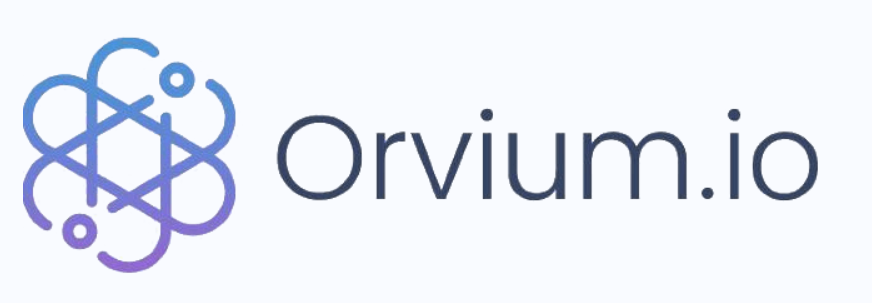
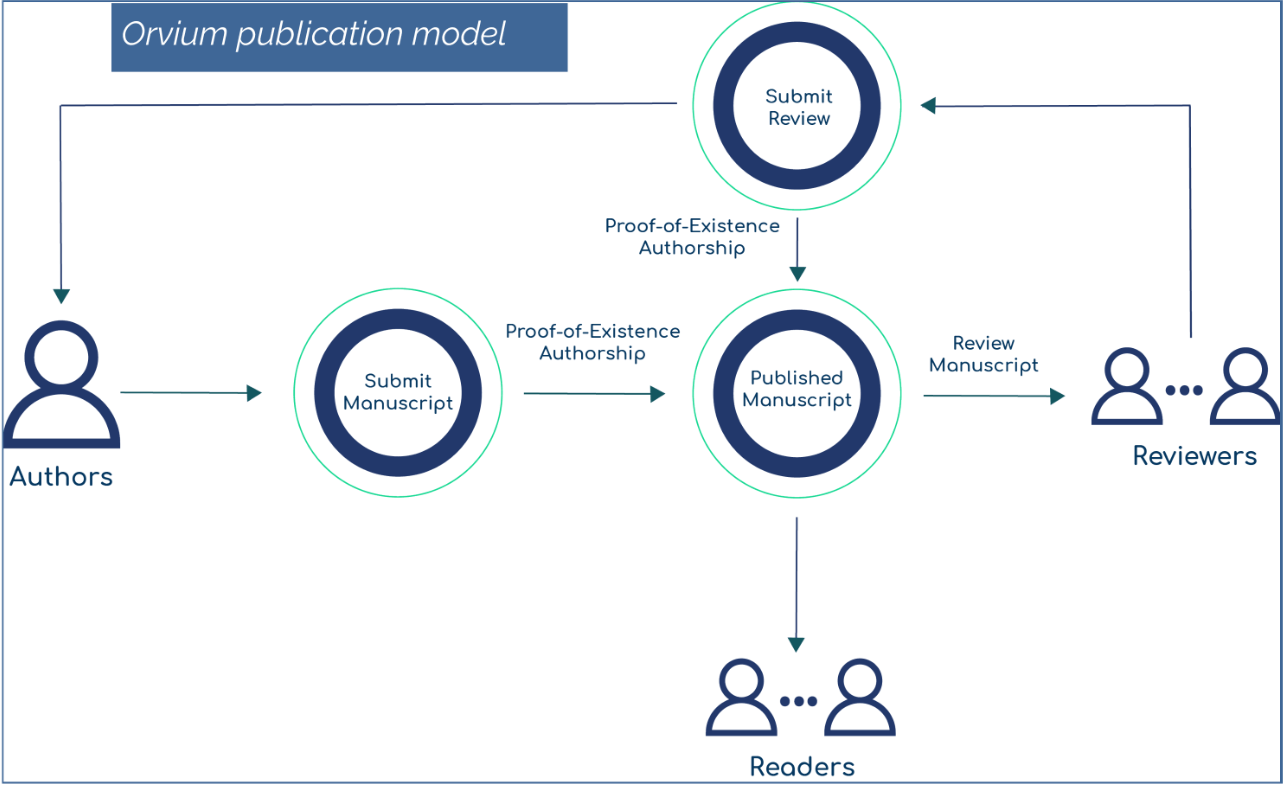
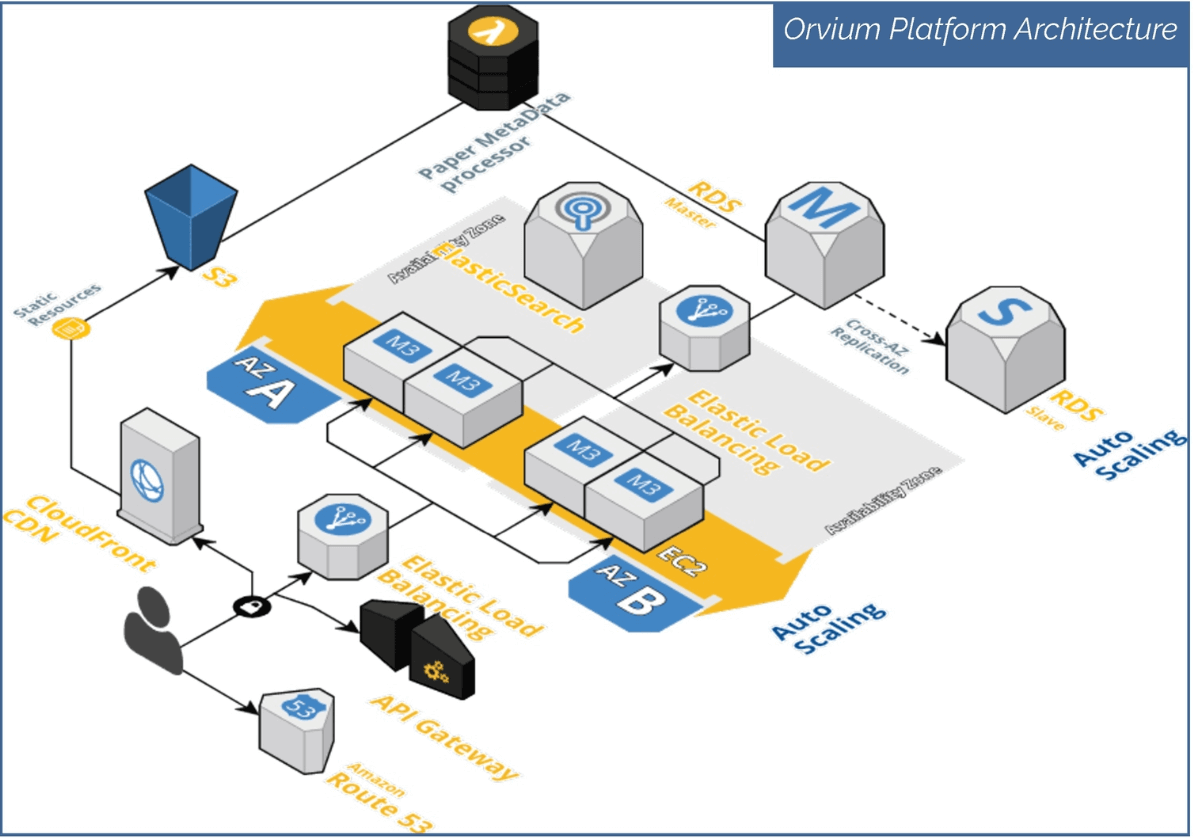
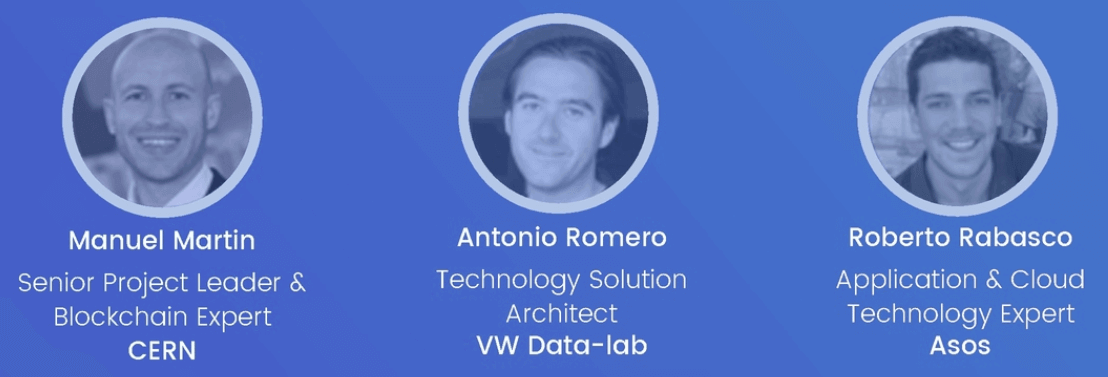



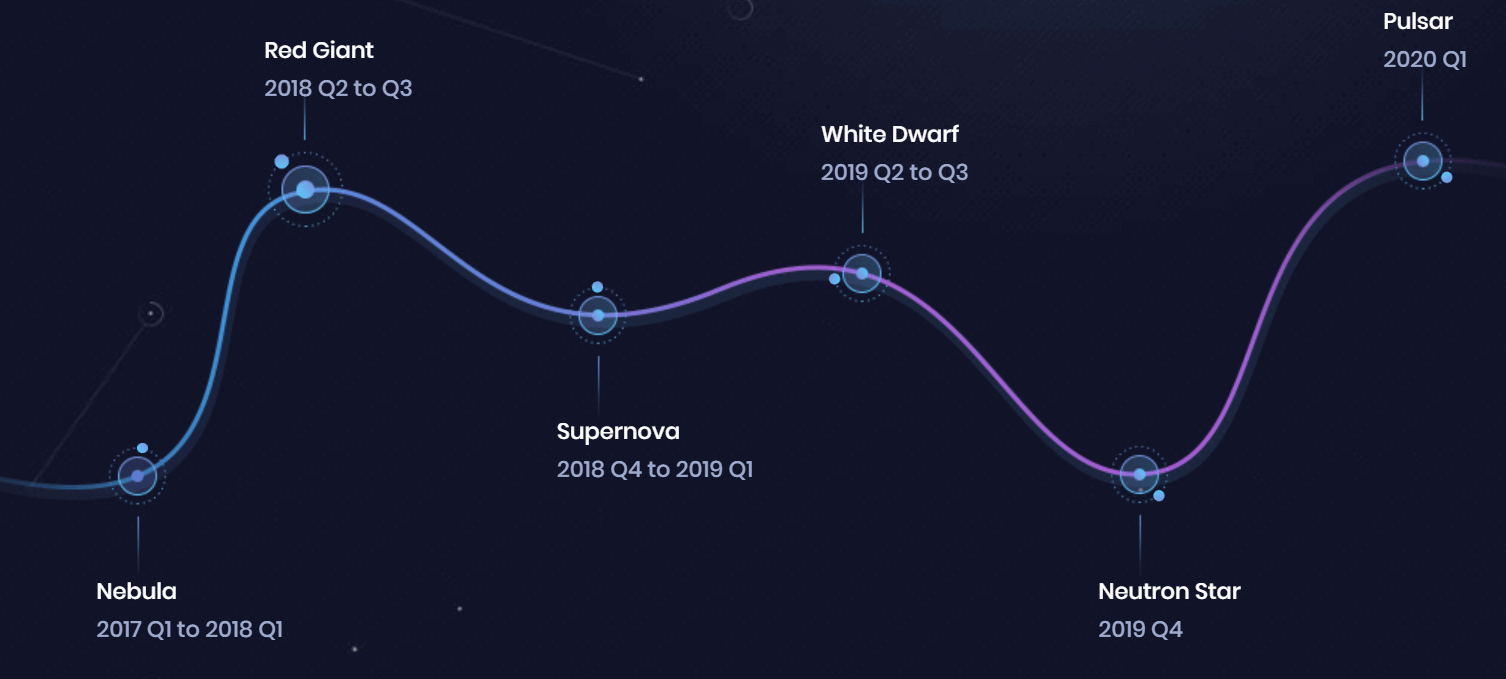

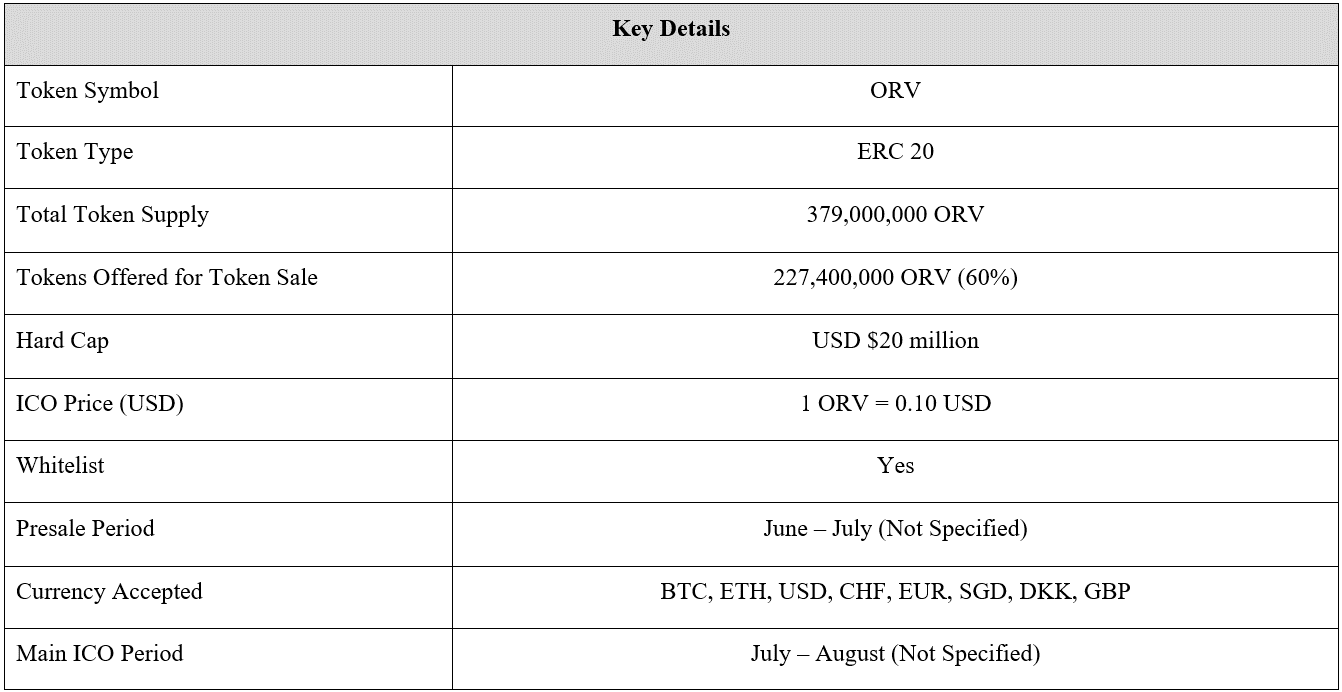
Comments
Post a Comment